Baseball is a batting and ball sport played between two teams of nine players each, who take turns batting and playing. The game is live when the referee sends a signal to the thrower, either verbally or signaling, indicating that the ball is in play. A player on the field team, called the pitcher, throws a ball that a player from the batting team tries to hit with a bat. The goal of the offensive team (batting team) is to throw the ball onto the field of play, away from the other team's players, allowing their players to run the bases and make them advance counterclockwise around four bases to score what is called runs.
The goal of the defensive team (called a field team) is to prevent batters from becoming runners and to prevent runners from moving up the bases. A race is scored when a runner legally moves through the bases in order and touches home plate (the place where the player started as a hitter). Our editors will review what you have submitted and determine if they should review the article. Baseball, a game played with a bat, a ball and gloves between two teams of nine players each on a field with four white bases arranged in the shape of a diamond (i.e.), has been an integral part of American culture for centuries.
Teams alternate positions as batters (attack) and field players (defense) and swap places when three members of the batting team are “eliminated”. As batters, players try to hit the ball out of reach of the field team and make a complete circuit around the bases to “run”. The team that scores the most runs in nine innings (times at bat) wins the game.
Baseball
also reformed the nation's calendar. With the rise of industrialization, the standardized clock in the office or factory deprived people of the previous experience of time, in its rich association with the hours of the day, the natural rhythms of the seasons and the traditional church calendar.However, for Americans, the opening of baseball training season marked spring, playing in regular season meant summer, and World Series marked fall. In winter, baseball fans would participate in “popular leagues”, recalling games and big games from past and speculating on what next season would hold for them. While baseball possessed enormous integrative powers, history of game has also been interwoven and reflected important social and cultural divisions. Until first decades of 20th century, middle-class evangelical Protestants viewed sports with deep suspicion. They associated baseball, or at least professional version of game, with those who never do well, immigrants, working class, drinking, gambling and general uproar.
On contrary, same qualities served as basis for rise of ethnic groups in country's ghettos. In 19th century, Irish and German Americans excelled both in baseball (as well as other commercial entertainment venues) and more “respectable” occupations, and some observers wondered if they had special capacity to play game. However, although it failed to resolve conflicts stemming from fundamental social divisions, baseball showed extraordinary capacity to foster ties. In 1850s, young artisans and employees who often traveled to city and whose lifestyles changed rapidly in midst of Industrial Revolution conceived themselves as members of what was known as “baseball fraternity”. Like volunteer fire departments and militia units of time, they put on special uniforms developed their own rituals and when playing baseball shared powerful common experiences.
Playing and watching baseball contests also strengthened occupational, ethnic and racial identities. Butchers, printers cartoonists masons even clergymen organized baseball clubs so did Irish Americans German Americans African-Americans. Baseball parks became important local civic monuments repositories collective memories. First parks had been flimsy wooden structures built in jerseys but between 1909 1923 some 15 major league clubs built new more permanent steel concrete parks.
These buildings were similar to great public buildings skyscrapers railway terminals time local residents proudly pointed them as proof their city's size achievements. Considering them shelters from noise dirt misery industrial city owners gave first parks pastoral names Ebbets Field Sportsman's Park Polo Grounds but with construction symmetric multi-sport facilities 1960s 1970s urban futuristic names such Astrodome Kingdome predominated. In new era park construction 1990s designers tried recover atmosphere previous times by designing “retro parks” term that was kind oxymoron since although new parks offered fans intimacy old parks same time provided modern amenities such escalators air-conditioned living rooms high-tech audiovisual systems areas Disney-style children's games space numerous retail outlets increasing corporate influence game was reflected names parks such Network Associates Stadium Bank One Ballpark. Around middle 20th century baseball's claim be sport United States was based more precarious grounds than past sport faced stiff competition not only other professional sports (especially field soccer) but even more so massive conversion Americans from public distractions private distractions home.
Attendance percentage population declined all levels baseball minor leagues became shell what they were before hundreds semi-professional amateur teams withdrew. In 1990s player strikes free agency disparities competition rising cost attending games added major league baseball's problems. However baseball continued show remarkable resilience attendance professional games improved attendance minor league games was close World War II records turn century beginning 21st century...
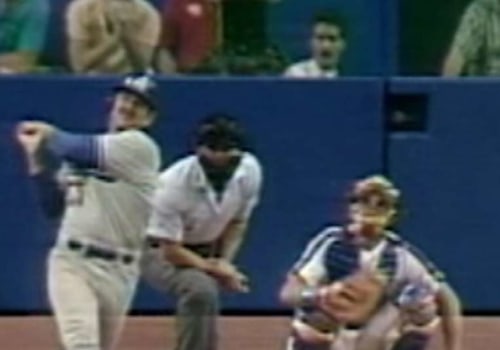
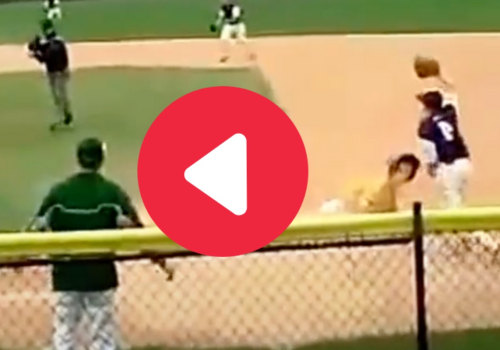
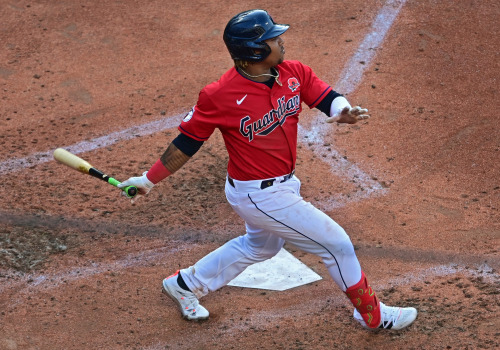
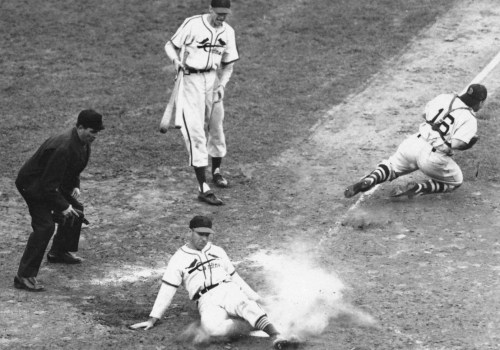
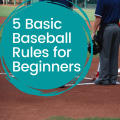
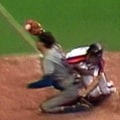
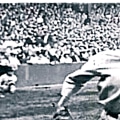
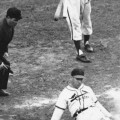
Leave a Comment